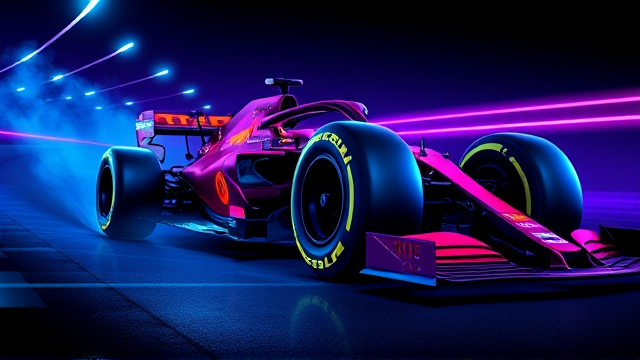Pirelli Hopes for Varied Strategies at US Grand Prix
Pirelli has thrown a strategic curveball for the Formula 1 teams at the United States Grand Prix, opting for a tyre nomination that deliberately avoids the middle ground and promises to split the grid. The Italian manufacturer has brought the hardest compound in its range, the C1, as the hard tyre, while skipping the C2 entirely and making the C3 and C4 the medium and soft options, respectively.This isn't a random selection; it's a calculated move designed to create a significant performance delta between the compounds, forcing teams into a genuine strategic dilemma rather than the one-stop processions that can sometimes occur. Theoretically, a one-stop strategy is on the table, likely starting on the more durable hard compound and switching to the mediums later in the race.However, the sheer time difference between the hard and the soft compounds is expected to be substantial, making a two-stop strategy—probably leveraging the faster medium and soft tyres—a potentially race-winning gamble for those brave enough to manage the higher degradation. This scenario is reminiscent of a high-stakes football match where a manager must choose between a defensive, possession-based game to see out a result or an all-out attacking press to chase a win; both are valid, but the wrong call under pressure leads to defeat.For engineers, this translates into a complex pre-race simulation puzzle, weighing the track temperature at the Circuit of the Americas, the car's specific balance on each compound, and the critical undercut potential during pit stops. Drivers like Max Verstappen, who can seemingly extract performance while coddling his rubber, might favour a longer first stint on the mediums to build a gap, while others may opt for the qualifying glory of the softs and an aggressive early pit stop to gain track position.The true beauty of this Pirelli choice lies in its potential to disrupt the pecking order; a midfield team with a kind car on its tyres could execute an alternative strategy and leapfrog a theoretically faster rival, turning the Grand Prix into a tense, 56-lap chess match. It’s these nuanced battles within the war, the strategic masterclasses and blunders, that separate the great teams from the merely good ones, much like how a perfectly executed set-piece in football can overcome a talent deficit. All eyes will be on the pit wall on race day, as the tyre choices made in the quiet of the garage will roar louder than any engine on the straights of Austin.
Latest News
In a move that perfectly encapsulates the delightful unpredictability of modern football culture, Russian national team and Dynamo Moscow manager Valery Karpin
28 minutes ago1 comments
The tectonic plates of European football are set to shift once more, with UEFA and the European Club Association's joint venture, UC3, announcing a seismic
33 minutes ago0 comments
In a stunning revelation that cuts to the very heart of the global MMA landscape, the legendary Fedor Emelianenko has pulled back the curtain on the UFC's
43 minutes ago0 comments
The Kontinental Hockey League served up a fascinating slate of action on October 13th, with two compelling fixtures that underscored the relentless, grinding
53 minutes ago0 comments
The upcoming United States Grand Prix in Austin is bracing for a formidable opponent that has nothing to do with aerodynamic downforce or power unit modes: an
58 minutes ago1 comments
In a clash that had all the dramatic tension of a classic playoff encounter, Severstal carved out a piece of Kontinental Hockey League history, notching their
1 hour ago0 comments
The trajectory of Brenden 'Butterbean' Queen’s stock car career is a masterclass in seizing opportunity, a narrative arc that saw its latest dramatic turn with
2 hours ago2 comments
The Tennessee Titans' decision to fire head coach Brian Callahan represents a stark statistical failure in the NFL's modern coaching landscape, a move
2 hours ago0 comments
It’s quiet here...Start the conversation by leaving the first comment.
